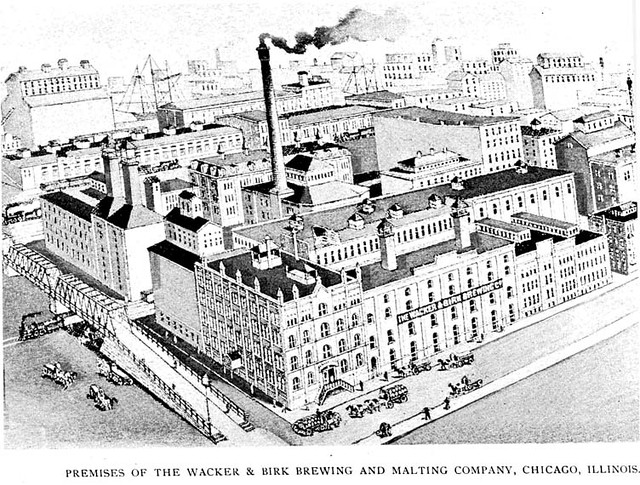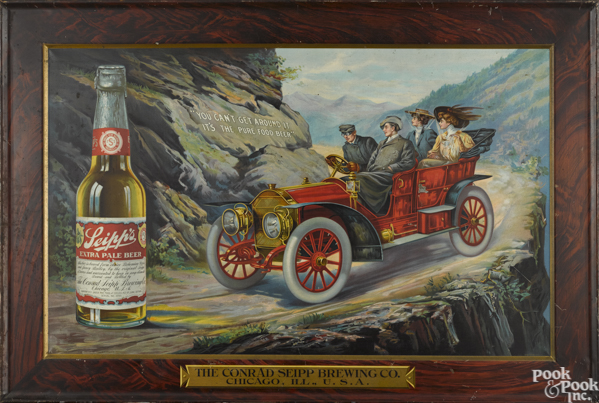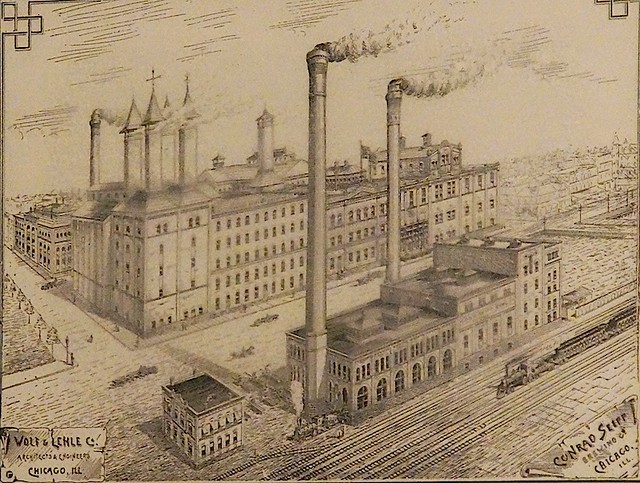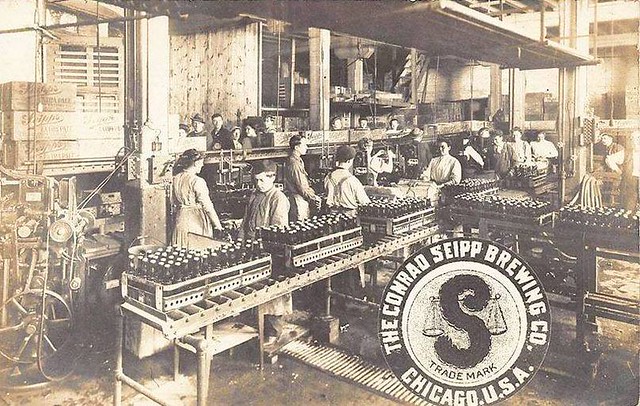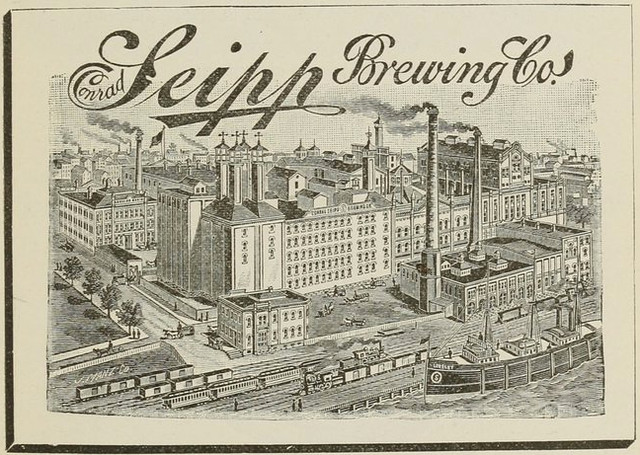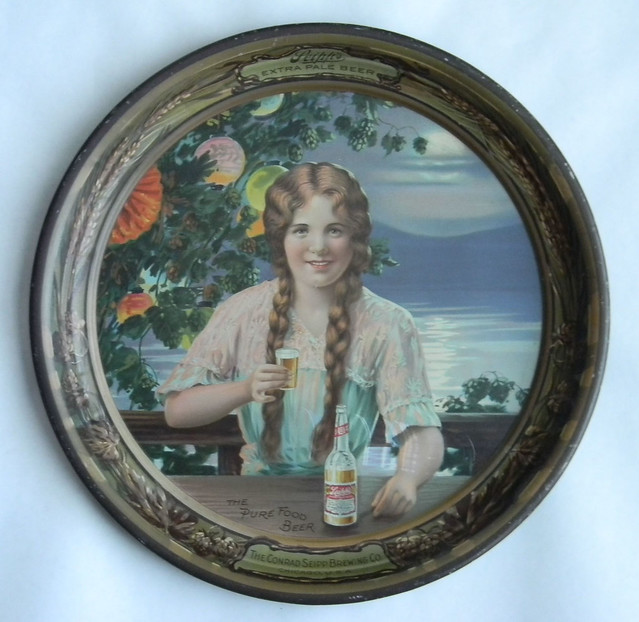
Today is the 73rd birthday of Randy Mosher, longtime homebrewer, author, brewery consultant and graphic designer. Randy’s had his own consulting business since the early 1990s, Randy Mosher Consulting and Design, and has been an instructor at the Siebel Institute since 2003. He’s also a partner in 5 Rabbit Cerveceria and Forbidden Root. He’s also the author of Tasting Beer, Beer for All Seasons, and several more books on beer and homebrewing. Join me in wishing Randy a very happy birthday.

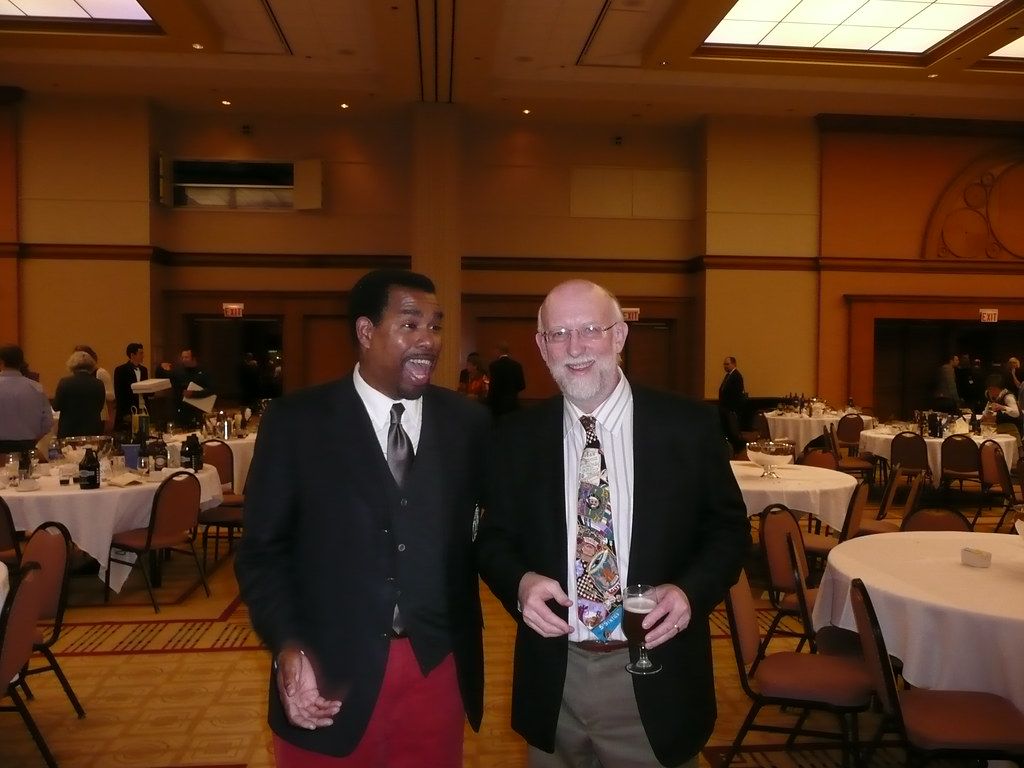








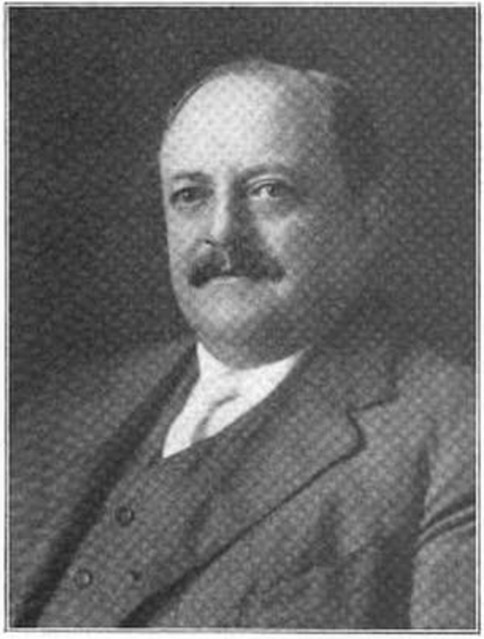
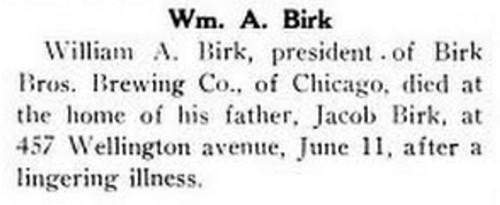
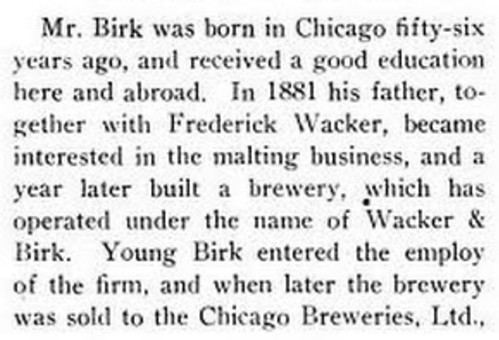

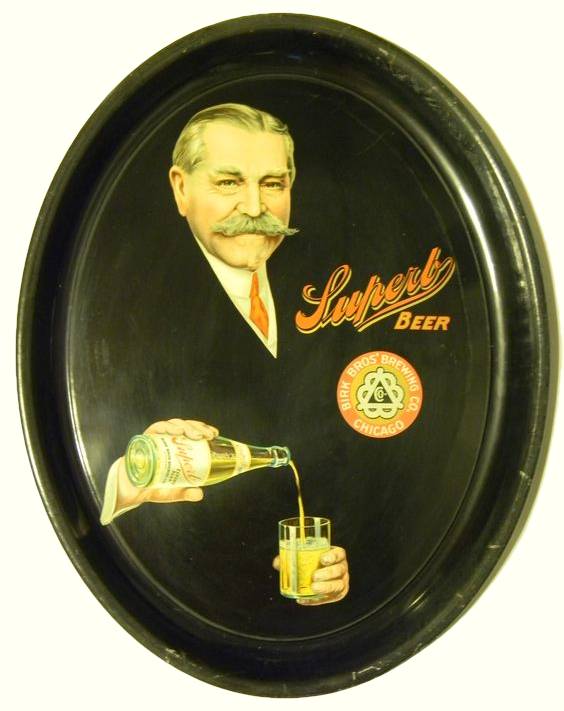
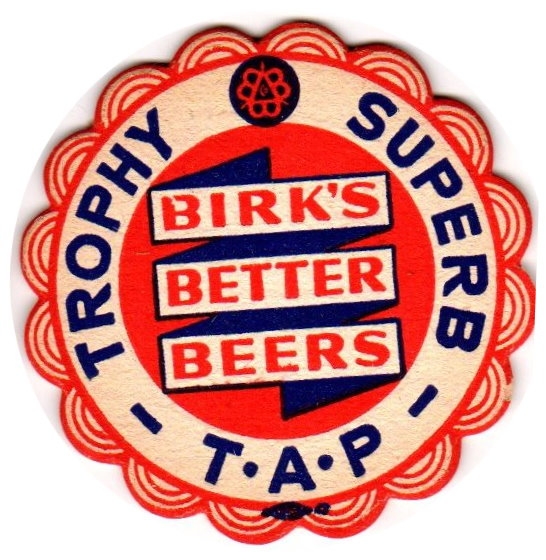

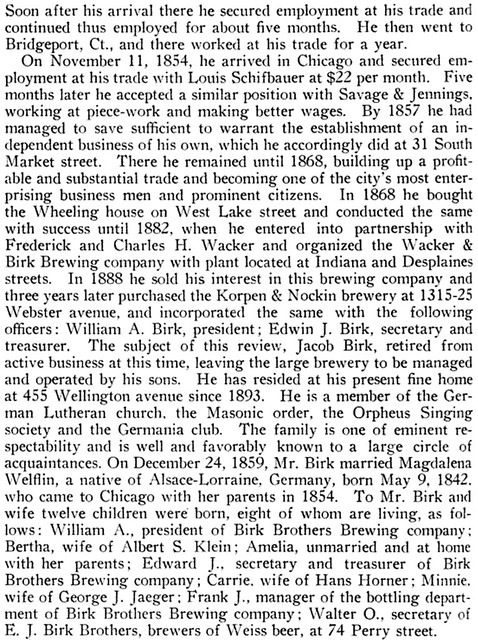
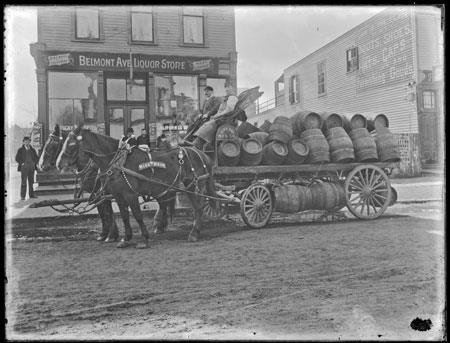

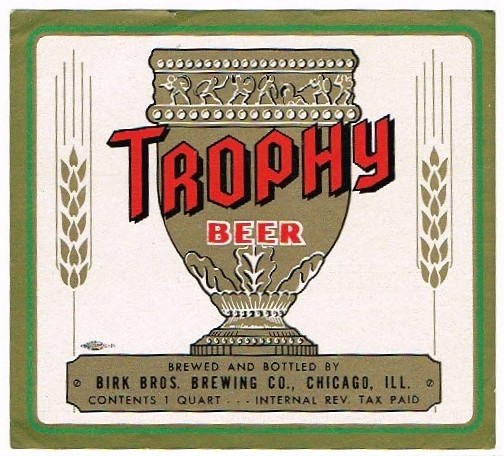



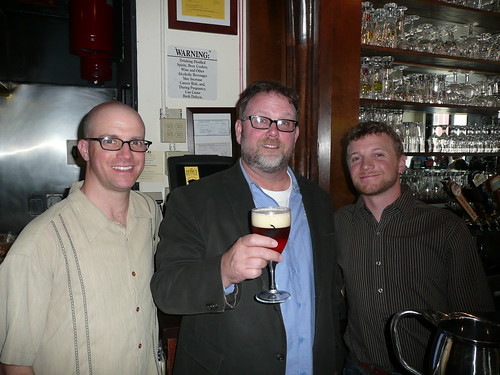













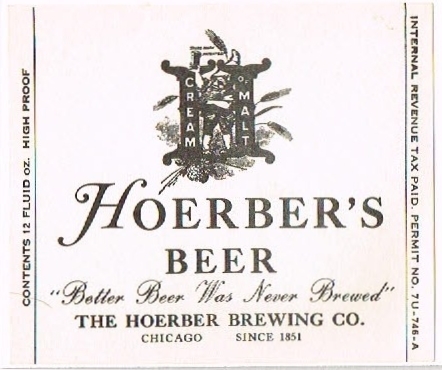
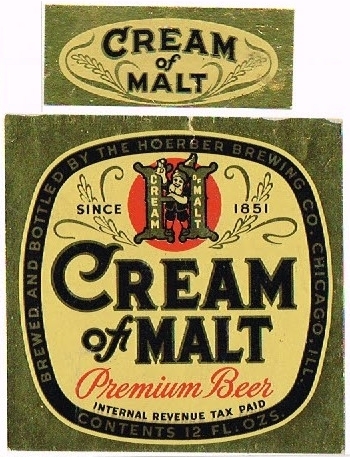
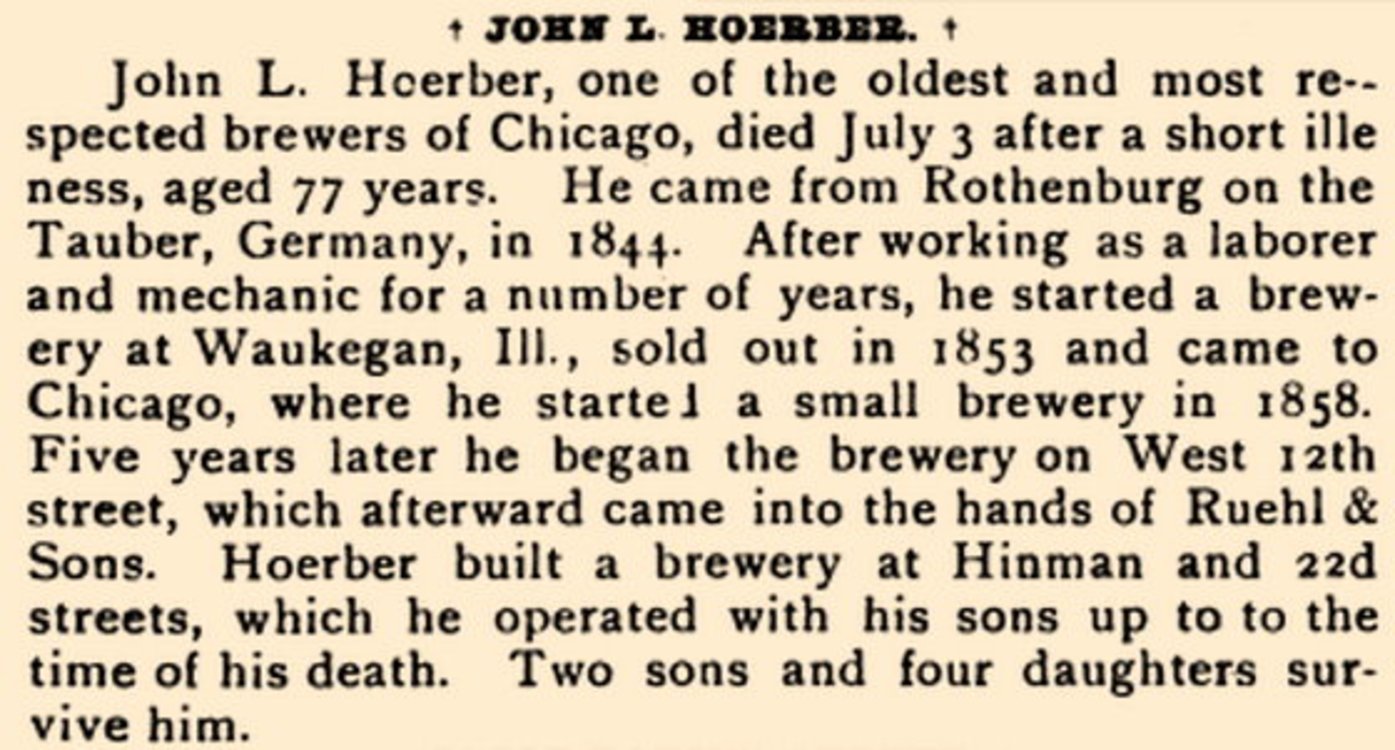
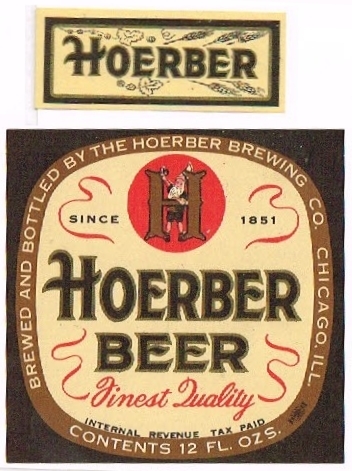
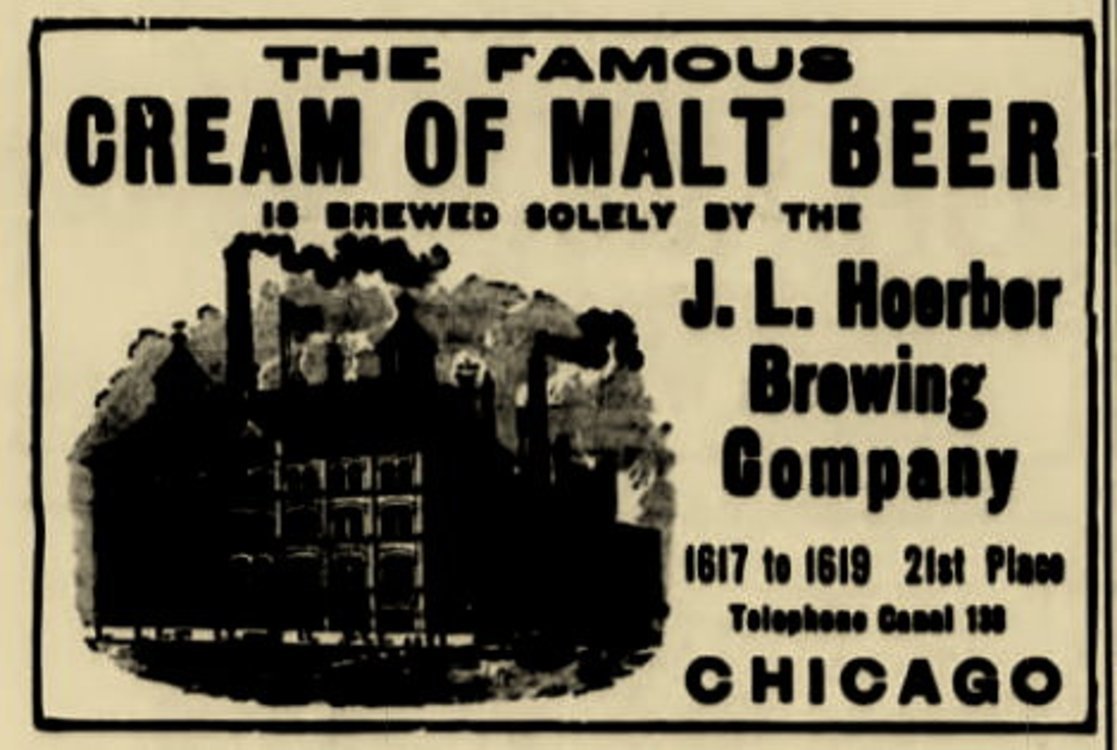


 At Stone Brewery during CBC in San Diego in 2008. From left: Peter Schell, Eric Rose (Hollister Brewing), Ian Ward (Brewers Supply Group), Jonathan Cutler (Piece Brewing), Chad Kennedy (Laurelwood Public House) and Fal Allen (now back at Anderson Valley).
At Stone Brewery during CBC in San Diego in 2008. From left: Peter Schell, Eric Rose (Hollister Brewing), Ian Ward (Brewers Supply Group), Jonathan Cutler (Piece Brewing), Chad Kennedy (Laurelwood Public House) and Fal Allen (now back at Anderson Valley).



